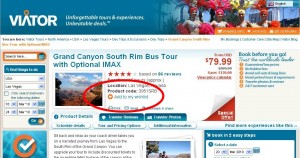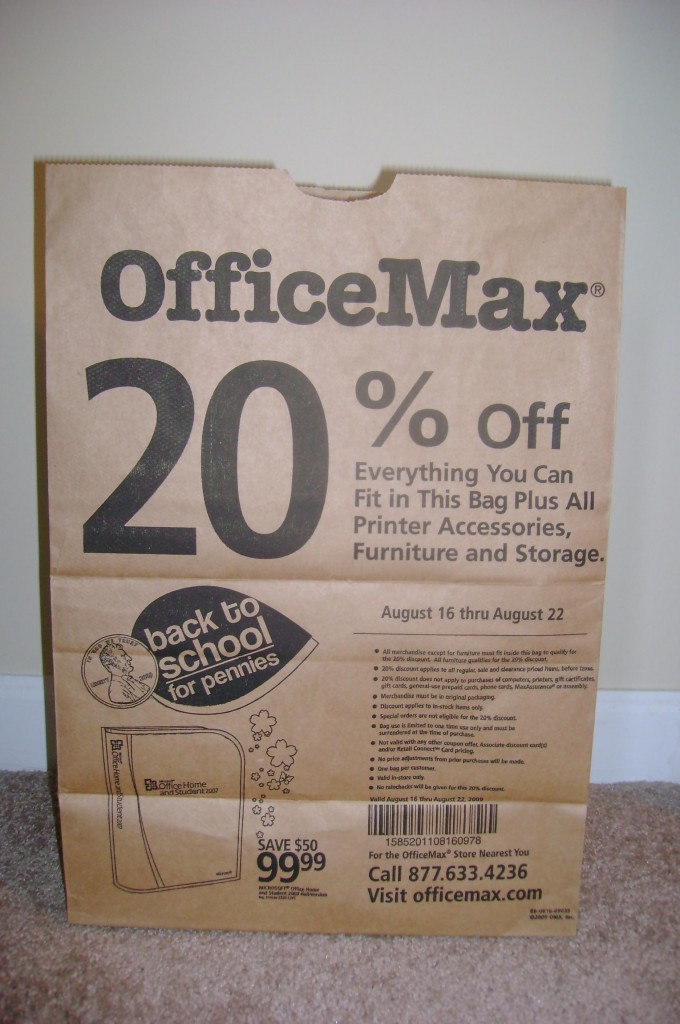Connecting Social Networks Pays Off
When working in social media, many marketers stick to a few areas, such as Facebook, Twitter and blogging. Justin Greis, Owner, Panna Dolce, chose a broader approach.
The Chicago-based French maracron, cookie and brownie bakery relaunched in December 2009 after perfecting their macron recipe for five years. Now, they have a blog and also work in Facebook, Twitter, Vimeo, Flickr, YouTube and other networks.
“We don’t discriminate,” says Greis. “We found there are different types of people who connect through different types of networks, and the more we’re connected and linked up through a central hub, which ends up being our blog and our ecommerce site, the better.”
Amazingly, Panna Dolce’s three-member team is able to keep content fresh in all these networks while maintaining their business. They do so, in part, by connecting as many accounts as possible, so a blog post becomes a tweet, a video becomes a Facebook update, and so on.
“We haven’t seen a lot of interaction on our blogs. But when you link your blog to Facebook, when you like it to Twitter, when you link it to YouTube and Vimeo, you connect with people the way they want to be connected to — and that is absolutely essential.”
The team also generates content by partnering with and writing about relevant sites, as well as covering their own:
o Charity work
o New flavor launches
o Events attended
o Press mentions
The team’s website, powered by Volusion, enables shoppers to share links to their product pages, further increasing their content on the networks.
All this work is paying off. The team estimates 35% of ecommerce sales come from referral traffic from social networks. That number jumped to about 50% during Valentine’s Day. Also, the team’s work is earning them valuable business contacts.
“We’ve had several offers from big retail department stores that are tasting our products right now to see if they want to pick them up. We’ve had a lot of interest from bigger boutique grocery stores…All of those contacts were made through [online social networks].”











